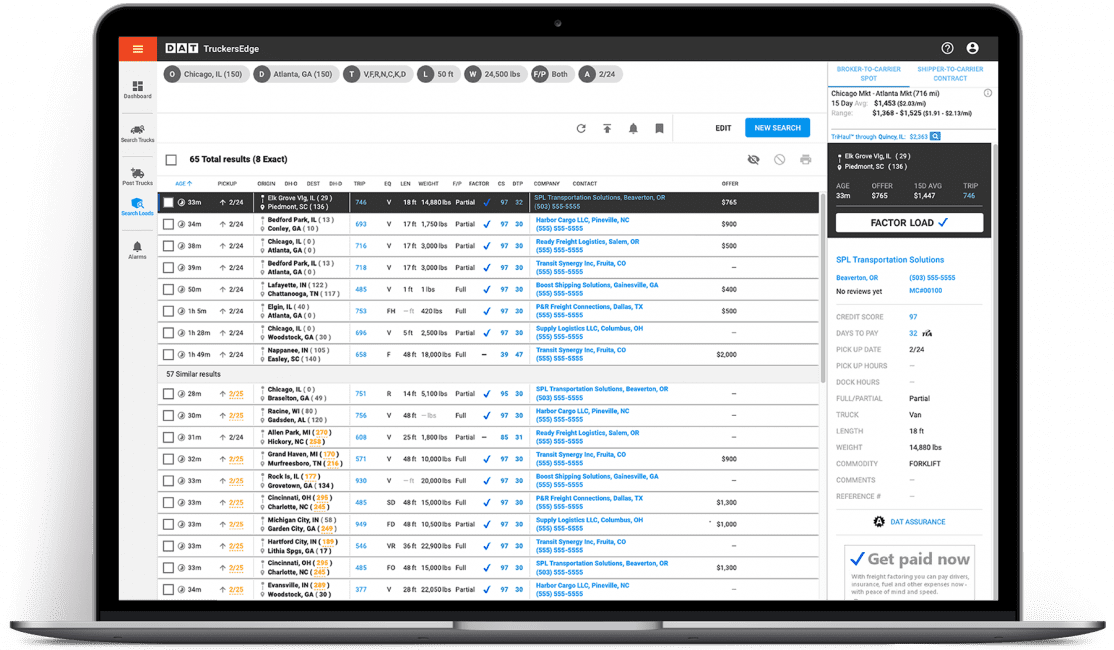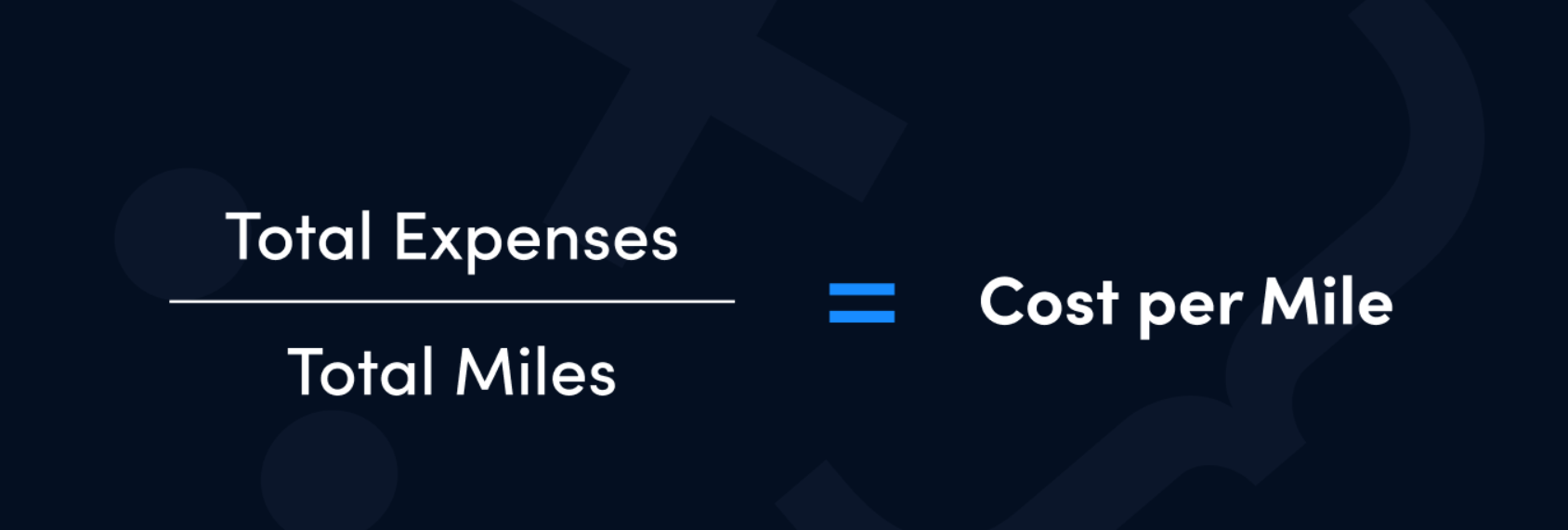Trucking42 School
What Load boards are most often used by dispatchers?
One of the main tools in the work of the truck dispatcher, without which he cannot do, is the load board.



This is a special cargo search platform, a kind of market with possible goods that need to be delivered from point A to point B. Brokers post them, and dispatchers just have to find the right cargo for their driver and offer its transportation services.
What is a load board?

How convenient is the load board? The fact that the dispatcher receives full information not only about the place where this cargo needs to be picked up and delivered from, but also all the additional details he needs about the load: what needs to be transported, on which trailer, under what conditions, when the delivery deadline, etc. Further.
The dispatcher, as an intermediary between the driver who will transport the cargo and the broker who ordered this transportation, simply needs to know such details, since he works with his driver in pairs, which means he must know all his preferences in order to find the most profitable load on minimum distance and at a high price. That is why the right choice of load board is so important, because a dispatcher spends a significant part of his work in search of a suitable load.
The dispatcher, as an intermediary between the driver who will transport the cargo and the broker who ordered this transportation, simply needs to know such details, since he works with his driver in pairs, which means he must know all his preferences in order to find the most profitable load on minimum distance and at a high price. That is why the right choice of load board is so important, because a dispatcher spends a significant part of his work in search of a suitable load.
What load board do dispatchers most often use in their work, and how exactly do they find the load?
Any specialist in the field of logistics should know that there are a lot of load boards to choose from. There are accumulative boards that collect all existing loads, and there are also individual boards that depend on the broker. That is, for example, JB Hunt - and there is a board "JB Hunt 360" , and Coyote has its own board "Coyote GO" . On individual load boards, all cargoes are from only one single broker, while on an accumulative board, absolutely any cargo can be found.
Any specialist in the field of logistics should know that there are a lot of load boards to choose from. There are accumulative boards that collect all existing loads, and there are also individual boards that depend on the broker. That is, for example, JB Hunt - and there is a board "JB Hunt 360" , and Coyote has its own board "Coyote GO" . On individual load boards, all cargoes are from only one single broker, while on an accumulative board, absolutely any cargo can be found.
The most common loadbords are the American Power DAT and the Canadian Loadlink .
Load board is considered one of the most convenient, it is the easiest to build and easy to use. Its functionality is based on one simple principle: either you search for a track, or you post a track. That is, the dispatcher can put up a free driver “for auction”, or can find a suitable load for him. So, when choosing a load, there are a lot of nuances and details that the dispatcher should take into account: weight, shipping hours, pick up and delivery time, but one moment unites absolutely all profitable loads, this is a good rate per mile. What is rate per mile? This is the rate that the broker is willing to pay for the miles that the driver will make, delivering his cargo. Thus, a trucker is always ready to make concessions, even if he planned to go the other way, provided that he is well paid for his work.
Load board is considered one of the most convenient, it is the easiest to build and easy to use. Its functionality is based on one simple principle: either you search for a track, or you post a track. That is, the dispatcher can put up a free driver “for auction”, or can find a suitable load for him. So, when choosing a load, there are a lot of nuances and details that the dispatcher should take into account: weight, shipping hours, pick up and delivery time, but one moment unites absolutely all profitable loads, this is a good rate per mile. What is rate per mile? This is the rate that the broker is willing to pay for the miles that the driver will make, delivering his cargo. Thus, a trucker is always ready to make concessions, even if he planned to go the other way, provided that he is well paid for his work.

Is it true that it is very important for a truck dispatcher to develop "their" brokers in the profession, because it is they who make it easier for him to search for cargo?
And yes and no at the same time. It is preferable for any specialist to work with "their" brokers, as this means that they are already familiar with each other's work. The broker knows what service he will be provided with, which means he is ready to pay more for it.
Experienced dispatchers always have their own brokers with whom they work on a permanent basis, but the dispatcher cannot "keep" one broker only for himself, it is always a work in tandem. It is not always only the dispatcher who calls the broker in search of cargo, often it is the broker who recruits his familiar truck dispatcher and offers him a job.
And yes and no at the same time. It is preferable for any specialist to work with "their" brokers, as this means that they are already familiar with each other's work. The broker knows what service he will be provided with, which means he is ready to pay more for it.
Experienced dispatchers always have their own brokers with whom they work on a permanent basis, but the dispatcher cannot "keep" one broker only for himself, it is always a work in tandem. It is not always only the dispatcher who calls the broker in search of cargo, often it is the broker who recruits his familiar truck dispatcher and offers him a job.
How exactly is the process of searching for cargo in Power DAT ?
The truck dispatcher registers on the site, presses the load search button and then sets the parameters of the load he is looking for: the type of trailer that he needs, the location of the driver, the date when he will be free, the departure time and approximate delivery time, the type of cargo, weight, trailer length and other details. So Power DAT opens exactly those cargoes that roughly correspond to its requests. After the truck, the dispatcher concentrates on three indicators: pick up and receiving hours, as well as rate per mile. Power DAT also helps by offering a map so that he understands the approximate route. The true is that most specialists additionally use the Google map.
The truck dispatcher registers on the site, presses the load search button and then sets the parameters of the load he is looking for: the type of trailer that he needs, the location of the driver, the date when he will be free, the departure time and approximate delivery time, the type of cargo, weight, trailer length and other details. So Power DAT opens exactly those cargoes that roughly correspond to its requests. After the truck, the dispatcher concentrates on three indicators: pick up and receiving hours, as well as rate per mile. Power DAT also helps by offering a map so that he understands the approximate route. The true is that most specialists additionally use the Google map.
Also in the cargo data you can find the MC of the broker and details of how to contact him. Evaluating all these data, the truck dispatcher begins to navigate in the choice of load much easier.
So, let's take the Load Board Power DAT as an example and write down the instructions on how to find the load on it step by step.
On the main page of the board - there are three main buttons for work: Search Truck , Post Truck , Search Loads .
So, let's take the Load Board Power DAT as an example and write down the instructions on how to find the load on it step by step.
On the main page of the board - there are three main buttons for work: Search Truck , Post Truck , Search Loads .

Search Truck means the dispatcher must find a broker and a load for his free driver.
Post Truck - means that the broker has a trucker offering services, the broker, for an order, must call him himself and offer to transport his cargo. Search Loads - search load button. Before you start looking for cargo, you need to select the type of trailer. This can be done in the VAN tab . Next, Origin is a tab that marks the beginning, point A , where the trucker needs to go from.
Post Truck - means that the broker has a trucker offering services, the broker, for an order, must call him himself and offer to transport his cargo. Search Loads - search load button. Before you start looking for cargo, you need to select the type of trailer. This can be done in the VAN tab . Next, Origin is a tab that marks the beginning, point A , where the trucker needs to go from.

Destination - the final point of the trip, where the cargo needs to be delivered.
Availability - the day the cargo is shipped. The time when the driver will be free to load it.
Dh - Deadhead - miles that the driver is willing to drive with an empty trailer in order to pick up the cargo.
F/P – cargo type. Full trailer or half.
Length - the length of the trailer. By adjusting it, you can find loads on the board that fit exactly this length of the trailer.
Weight - the weight of the cargo. It is put up so that the platform does not offer the dispatcher loads more than the weight that he is ready to take.
Availability - the day the cargo is shipped. The time when the driver will be free to load it.
Dh - Deadhead - miles that the driver is willing to drive with an empty trailer in order to pick up the cargo.
F/P – cargo type. Full trailer or half.
Length - the length of the trailer. By adjusting it, you can find loads on the board that fit exactly this length of the trailer.
Weight - the weight of the cargo. It is put up so that the platform does not offer the dispatcher loads more than the weight that he is ready to take.
Search Back- the time interval for the search for goods. The dispatcher himself decides for what period he wants to find brokers' announcements about the post of new cargoes. As a rule, the time mode is set to 10 hours so that the choice of goods is as large as possible.
As soon as all these parameters are set, you need to click the " Search " button, and the list of possible cargoes will open to the dispatcher. What every professional pays attention to first of all is pick up, receiving hours and rate per mile.
As soon as all these parameters are set, you need to click the " Search " button, and the list of possible cargoes will open to the dispatcher. What every professional pays attention to first of all is pick up, receiving hours and rate per mile.

Also, the platform is good in that when you click on a certain load, you can immediately get a map: see the route that is proposed to be driven.
Also in the details of viewing the cargo, you can find the name of the broker, his MC and his contact. It is possible to contact the broker via phone and e-mail. In addition, the required trailer length, cargo weight and rate per mile are published in the cargo data. Studying in detail all these details, the dispatcher chooses the most profitable cargo for himself and the trucker.
Also in the details of viewing the cargo, you can find the name of the broker, his MC and his contact. It is possible to contact the broker via phone and e-mail. In addition, the required trailer length, cargo weight and rate per mile are published in the cargo data. Studying in detail all these details, the dispatcher chooses the most profitable cargo for himself and the trucker.
Thank you for your attention!
Don't forget to share this article with those who might find it useful.
Don't forget to share this article with those who might find it useful.
